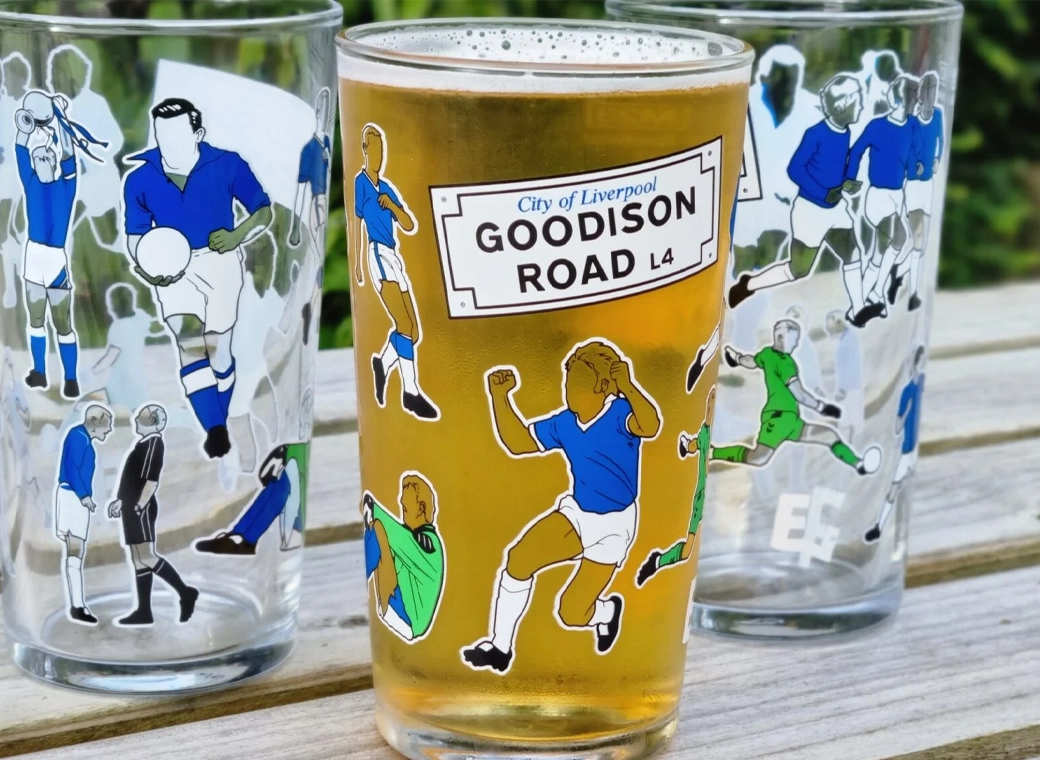Spot on...with the glue. My favourite Airfix was the English Electric Lighting which sounded like the most powerful thing in the world at Liverpool Airshows when I was very much younger. Also had a Junkers Ju I think it was called for balance.….i can almost smell the Airfix glue.
You are using an out of date browser. It may not display this or other websites correctly.
You should upgrade or use an alternative browser.
You should upgrade or use an alternative browser.
I will be away from the forum until Sunday evening...
- Thread starter Old Blue 2
- Start date
- Status
- Not open for further replies.
Old Blue 2
Player Valuation: £40m
I think you've got your dates a bit askew...So the Merlin that was introduced (after development) in 33 and was then refined by 36 superseded what the americans could dream up nearly a decade later.
What a piece of kit!
Old Blue 2
Player Valuation: £40m
Explain. You appear to have bungled...I ended up looking at a bit of posting history off the back of this thread and found a thread where @emir, @Old Blue 2 and @AndyC were communicating with each other, what a magical time.
Cecil
Player Valuation: £2.5m
The model or my penis?I bet you’d have loved the chance to show it to the local WI in piddleton on the mill or somewhere.
Kurt.
Player Valuation: £100m
It’s wartime son …. Your country needs you …. Do what must be doneThe model or my penis?
The model won't 'Stand to Attention'The model or my penis?
Is it classed as a war when the red car and the blue car had a race for a Milky Way? If so that’s defo mine.What's your favourite war, Jim?
I'm all about the Seven Years War, top conflict. Had posters of it, all the panini albums as a kid. Getting back into it lately.
JimmyJeffers
Player Valuation: £80m
Morning troops
Morning mate. You ready for today's rampage? Strap yourself in for some more witty repartee.Morning troops
JimmyJeffers
Player Valuation: £80m
I am mate but I have to draw the line at urine extraction. Mucky business.Morning mate. You ready for today's rampage? Strap yourself in for some more witty repartee.
I was a big fan of the Me 262Spot on...with the glue. My favourite Airfix was the English Electric Lighting which sounded like the most powerful thing in the world at Liverpool Airshows when I was very much younger. Also had a Junkers Ju I think it was called for balance.
A brief but essentially true summationI think you've got your dates a bit askew...
A longer version;
The Merlin engine's history begins with Rolls-Royce developing the PV-12 in 1933, later dubbed the Merlin after the bird of prey convention. It became one of the most successful aero engines of World War II, powering aircraft like the Spitfire and Hurricane. Development led to over 50 variants, with significant performance increases, especially after mathematician Stanley Hooker's improvements to the supercharger, which improved low-altitude performance. By the end of the war, over 168,000 engines had been produced by Rolls-Royce and licensees like Packard, which manufactured over 55,000 units using American mass production methods. The engine's lineage continued into the Rolls-Royce Meteor tank engine.
Early Development (1933-1936):
The engine started as a private venture, the PV-12, funded by Rolls-Royce in 1931 and first run in October 1933.
It drew on features from earlier engines like the Rolls-Royce R, which powered Schneider Trophy racing seaplanes.
After several modifications, the first production variants were completed in 1936.
Wartime Production and Refinements:
The engine was first used operationally in the Fairey Battle, Hawker Hurricane, and Supermarine Spitfire.
Initial versions had some shortcomings, particularly a problem with the engine cutting out during negative-G maneuvers, which was fixed by adding a diaphragm across the float chambers.
Stanley Hooker's redesigned supercharger significantly boosted performance, making the engine more competitive with its German counterparts.
The Merlin was produced in large numbers, with over 168,000 built by the end of the war.
Mass Production and International Collaboration:
To meet the immense demand, particularly for the four-engined Avro Lancaster bomber, Rolls-Royce licensed the design to Packard in the United States, which built over 55,000 engines using American mass production techniques.
The partnership was crucial for the war effort; for example, fitting a Merlin engine to the American-built P-51 Mustang transformed it into one of the war's most effective fighters.
- Status
- Not open for further replies.









